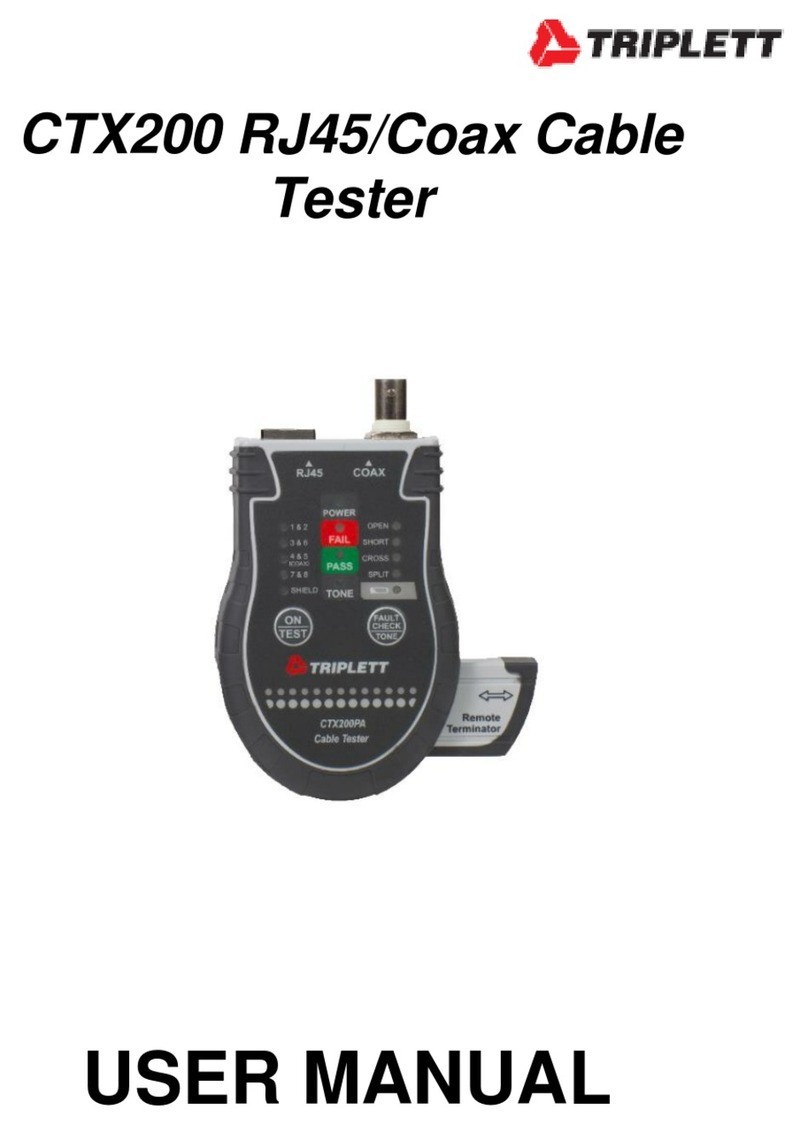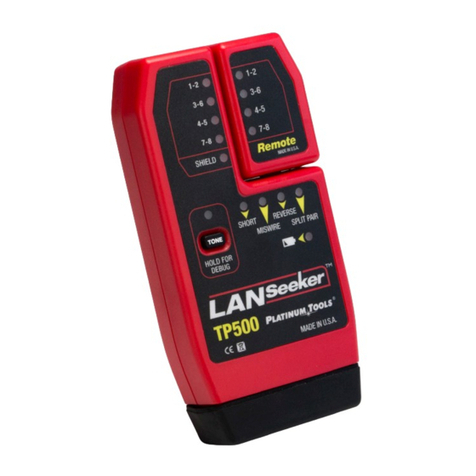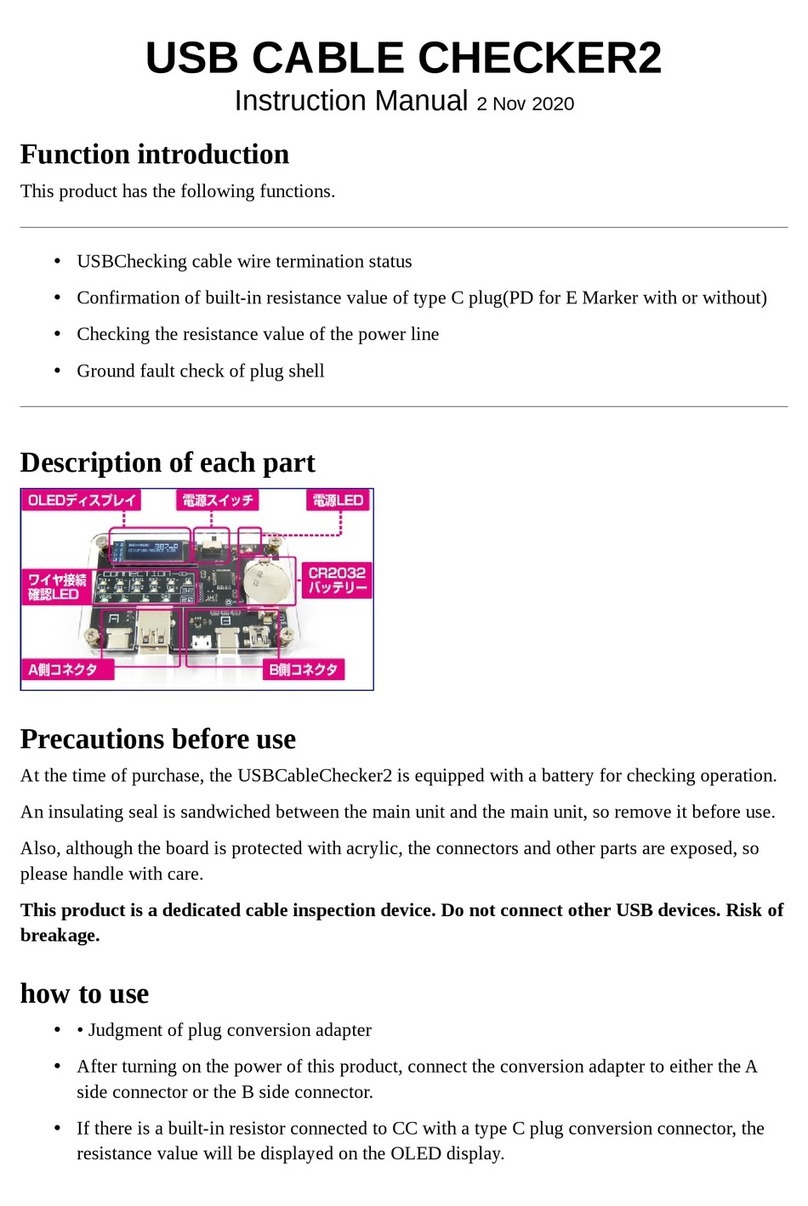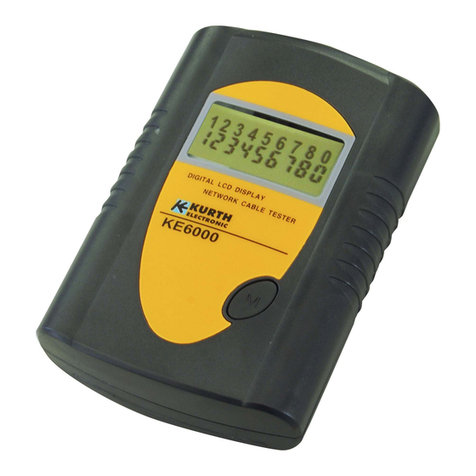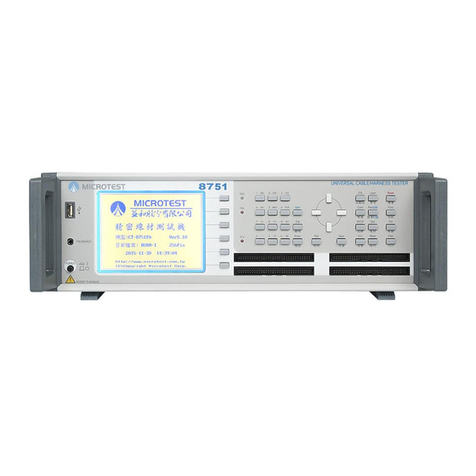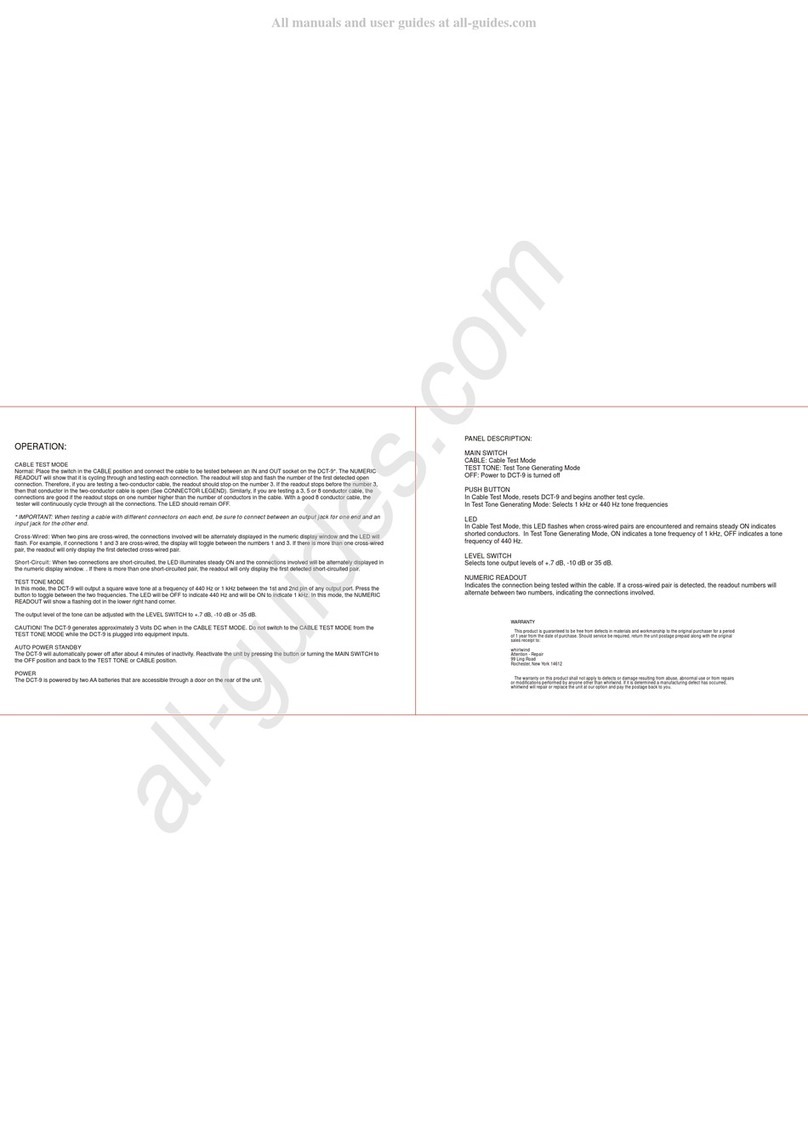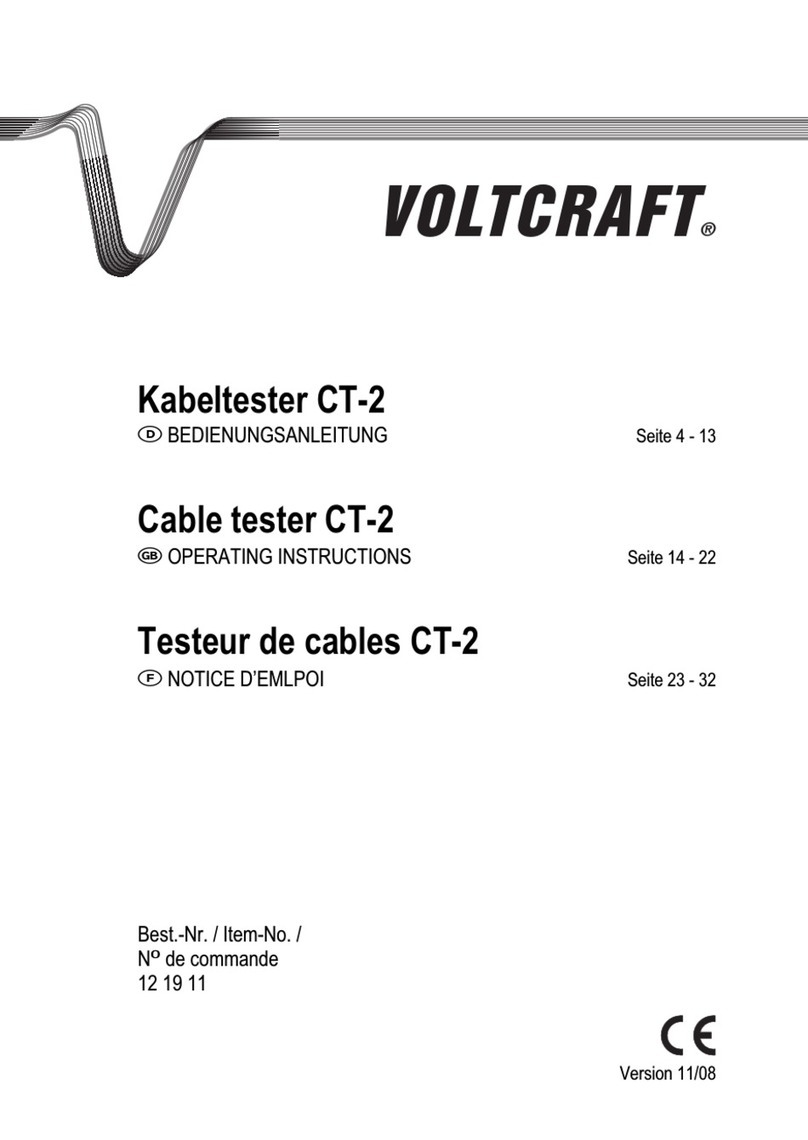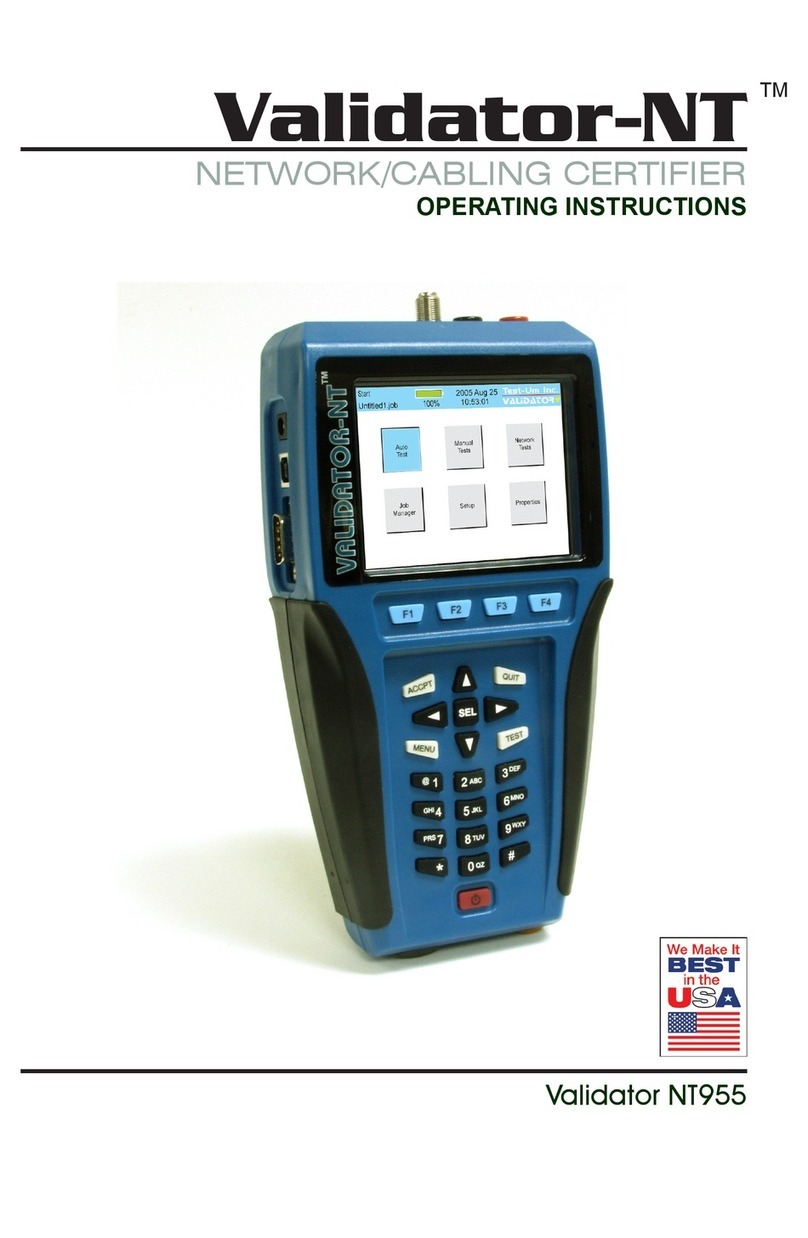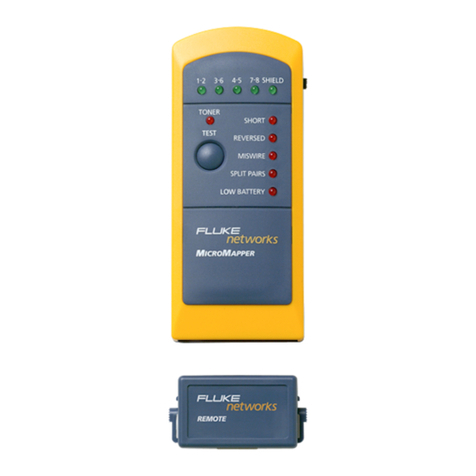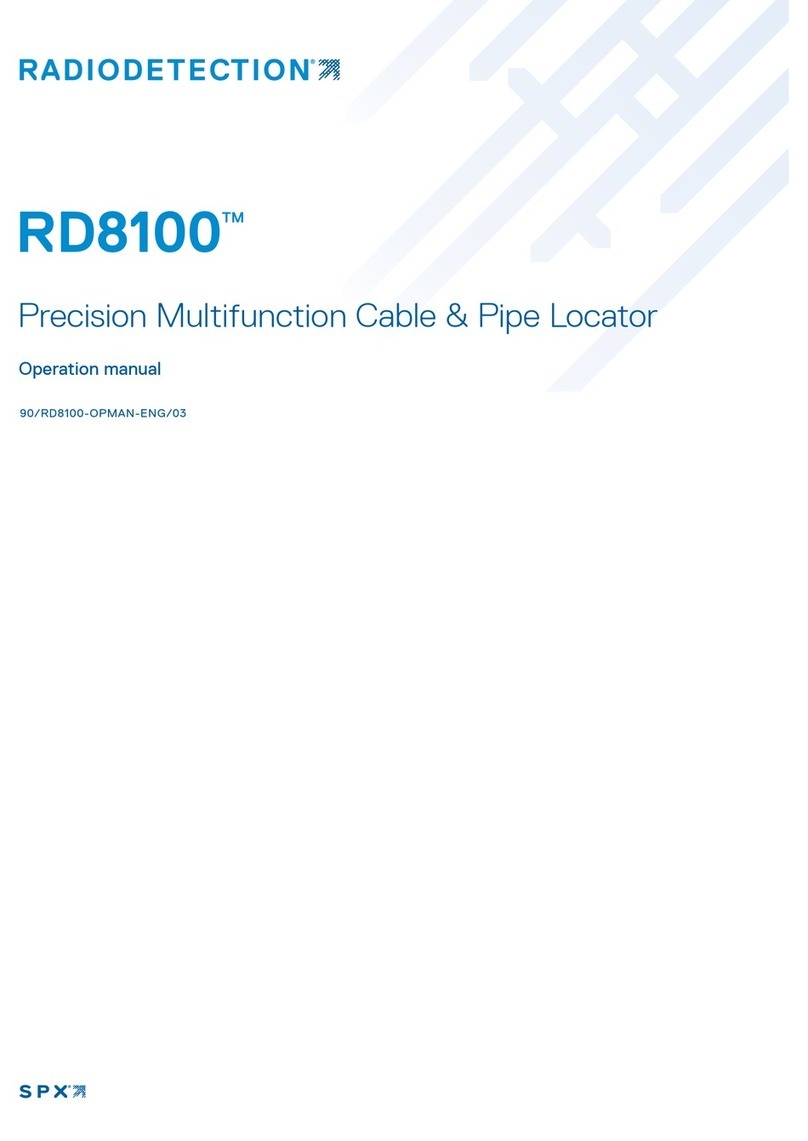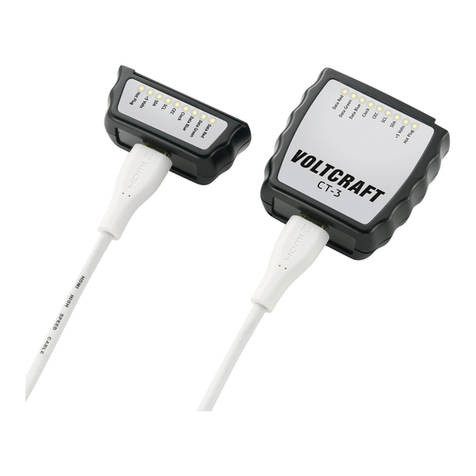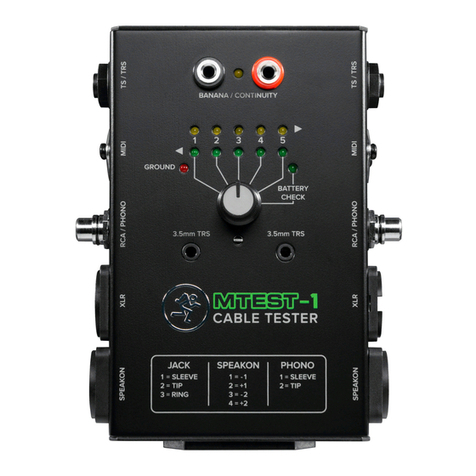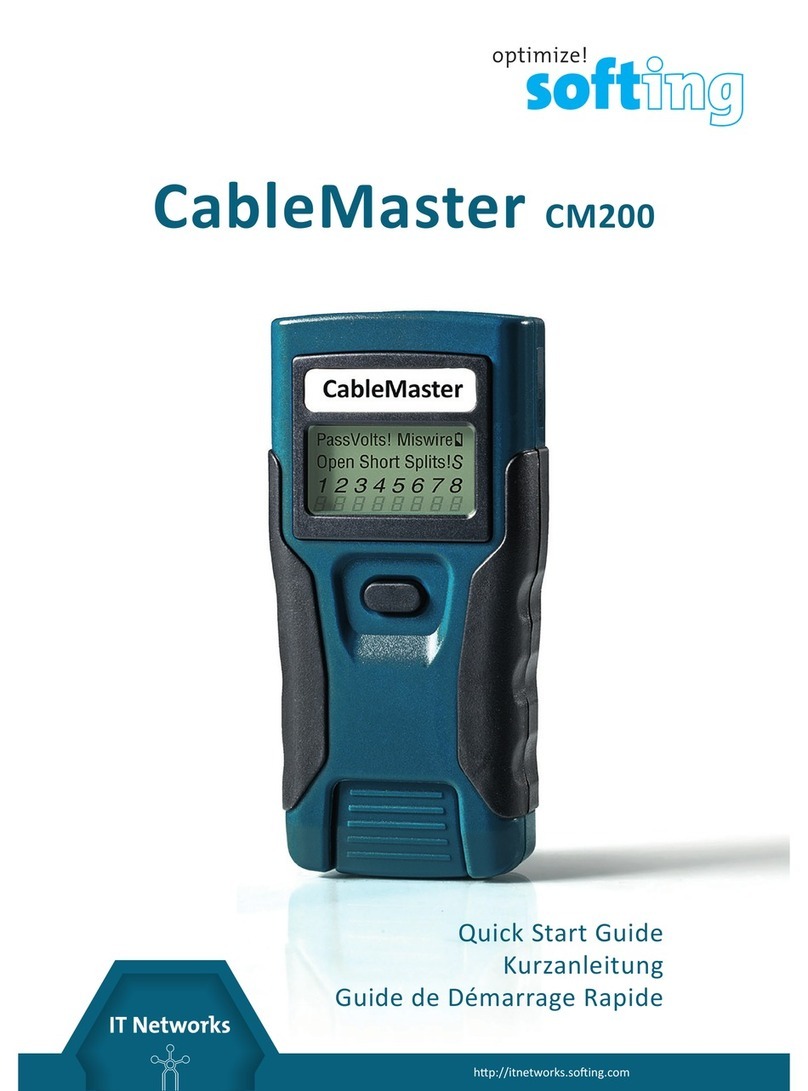1
Table of Content
Chapter 1. Precautions ...........................................................................................................................3
1.1 Safety Signs ...............................................................................................................................3
1.2 Do not modify or make internal adjustments to this machine...................................................3
1.3 Static Electricity.........................................................................................................................3
1.4 Ground.......................................................................................................................................3
1.5 Power.........................................................................................................................................3
1.6 Warm Up....................................................................................................................................3
1.7 Machine Malfunction.................................................................................................................4
1.8 Test End .....................................................................................................................................4
1.9 Placement and Storage...............................................................................................................4
1.10 Emergency Handling .................................................................................................................4
Chapter 2. General description .............................................................................................................5
2.1 Package and Accessories ...........................................................................................................5
2.2 Description of Nouns and Symbols Used in This Manual.........................................................5
2.3 Basic Operations of the Tester...................................................................................................6
2.4 Front and Rear Panel Functions.................................................................................................7
2.4.1 Front Panel.....................................................................................................................7
2.4.2 Rear panel......................................................................................................................9
2.5 Function Block Diagram..........................................................................................................11
2.6 Installation ...............................................................................................................................12
2.7 Button Instructions...................................................................................................................14
Chapter 3. Function setting and System setting.................................................................................16
3.1 Function...................................................................................................................................16
3.1.1 Self-test........................................................................................................................17
3.1.2 System Info..................................................................................................................17
3.1.3 Calibration ...................................................................................................................18
3.1.4 Pin Search....................................................................................................................22
3.1.5 Ethernet Fixture Setting (Ethernet Fix.) ......................................................................23
3.2 System Setup (SYS) ................................................................................................................24
3.2.1 Setting the System Environment .................................................................................24
3.2.2 Setting the Test Environment.......................................................................................27
3.2.3 Setting the System Time ..............................................................................................32
3.2.4 Changing the System Password...................................................................................33
3.3 Print..........................................................................................................................................34
3.4 Learn........................................................................................................................................34
3.5 File...........................................................................................................................................34
